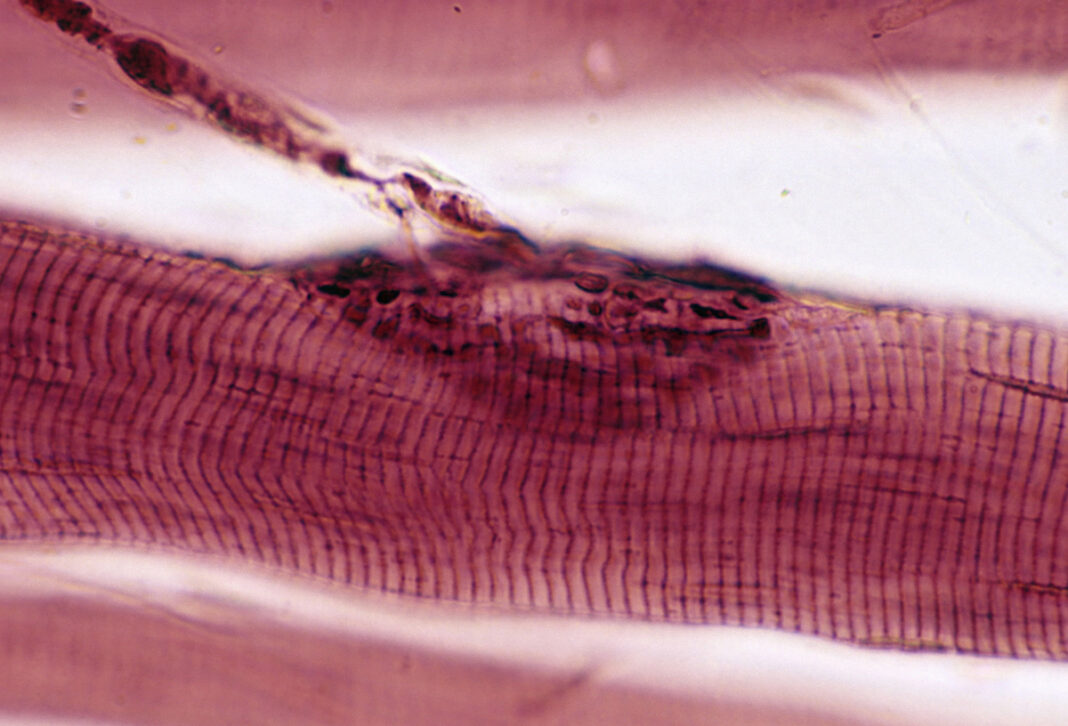A new study describes a base editing method for treating spinal muscular atrophy (SMA). This supports early signs that “single-shot” treatments from clinical trials using genome editing technologies to treat other diseases might work.
The study, which was conducted by scientists in the laboratories of Benjamin P. Kleinstiver, PhD, at Harvard Medical School and Massachusetts General Hospital, demonstrates that fibroblasts from SMA patients as well as a mouse model of the disease can have their levels of the survival motor neuron (SMN) protein restored by using adenosine base editors (ABEs). These results imply that using base editing or other CRISPR-based techniques to target the genetic mutations and restore SMN protein levels may help SMA patients achieve long-lasting results.
The research article “Optimization of base editors for the functional correction of SMN2 as a treatment for spinal muscular atrophy” was published in Nature Biomedical Engineering.
The need for better SMA genetic therapies
Risdiplam, nusinersen, and onasemnogene abeparvovec are three FDA-approved medications that have shown remarkable benefits for patients as a result of extensive research into SMA therapeutics. These therapies have had a significant impact on the lives of newborns with SMA.
Despite this, there are certain issues with each therapy, including stringent dosage regimens, unidentified side effects, efficacy in cells that could be crucial in the development of SMA, and long-term efficacy due to the tendency of mammalian cells to silence transgenes while maintaining homeostatic levels of endogenous genes. These restrictions taken as a whole highlight and encourage the need for ongoing advancements in genetic therapies.
Taking the SMN2 route
The main cause of SMA cases is loss-of-function mutations in the Survival Motor Neuron 1 (SMN1) gene. But SMN1 isn’t the only player; the quantity of the paralogous gene Survival Motor Neuron 2 (SMN2) is a significant moderator of the severity of SMA.
Exon 7 of the SMN2 gene contains a C•G-to-T•A (C6T) transition, which causes most SMN2 transcripts to skip this exon and results in low levels of the SMN protein. Although SMN2 still generates approximately 10 percent of functional SMN protein, this is insufficient to save the great majority of SMA patients. However, in infants treated early in the course of the disease, targeting SMN2 transcripts with a small molecule or an antisense oligonucleotide (ASO) to momentarily increase the retention of exon 7 has had significant clinical effects.
Proof-of-concept SMA gene therapy
The researchers used an ABE to edit A•T-to-G•C in up to 99 percent of fibroblasts, reversing the C6T exon-7 mutation. This was achieved after optimizing and testing over 100 guide RNAs and base editors and utilizing Cas9 variants called SpRys with high editing fidelity that are tolerant of different protospacer-adjacent motifs (PAMs). Simultaneously, the levels of the SMN2 exon-7 transcript and of SMN protein increased.
After that, they applied the SMN2 C6T editing strategy to fibroblasts taken from SMA patients. This resulted in higher exon 7 retention in SMN2 transcripts and higher SMN protein expression without any unintended off-target editing being noticed. Lastly, they show that this strategy can be translated in vivo using an AAV-mediated delivery system to deliver the gRNA and ABE to a mouse model of SMA.
All of these findings point to the possibility of a novel therapeutic strategy for the treatment of SMA by demonstrating that ABE-mediated editing of SMN2 C6T causes significant increases in SMN protein levels. In a broader sense, this work demonstrates the precise modification of model organism genes using highly adaptable CRISPR enzymes such as SpRY. This establishes a strategy for using this approach to treat additional neuromuscular conditions and other diseases.


